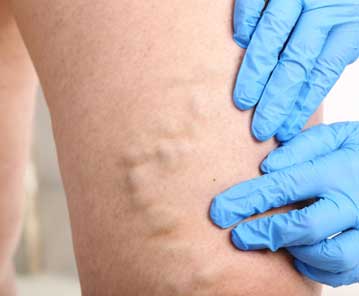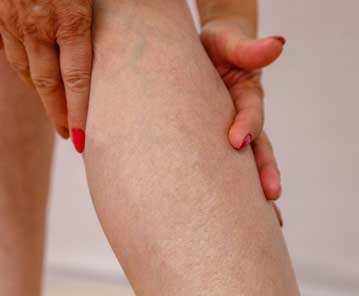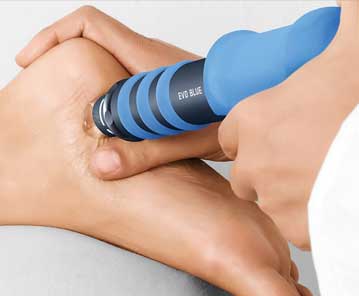Treating Reticular Veins with Sclerotherapy
Veins are compressible structures that return your blood that lacks oxygen to your heart. In your lower legs, there are several ways your veins can appear atypically — reticular veins are one example. These veins are sized somewhere in the middle between spider and varicose veins. While reticular veins are mostly a cosmetic concern, they can cause uncomfortable symptoms. Keep reading to find out why reticular veins form and how doctors treat them.
Reticular veins are noticeable veins that appear below your skin, but don’t usually protrude from your skin. While reticular veins don’t always cause symptoms, their appearance can be a cosmetic concern for some people. As a result, they may seek treatment, so the reticular veins are less noticeable. Reticular veins come from a condition called vascular or venous insufficiency. Your veins have small “valves” that keep blood from flowing backward as your blood returns to your heart.
Sclerotherapy is one of the most effective treatments for enlarged or painful reticular veins, according to a 2015 research review. This treatment involves injecting material that destroys your reticular veins by damaging your veins’ lining. This causes your veins to collapse and become blocked. A doctor will use an imaging tool called ultrasound to identify which vein to inject.
Sometimes, a doctor may recommend combining treatments for maximal effectiveness. It’s important for your doctor to fully destroy your affected veins. Otherwise, you could be at risk for blood clots. Reticular veins are smaller than varicose veins. Reticular veins also appear flatter and less twisted than varicose veins.





